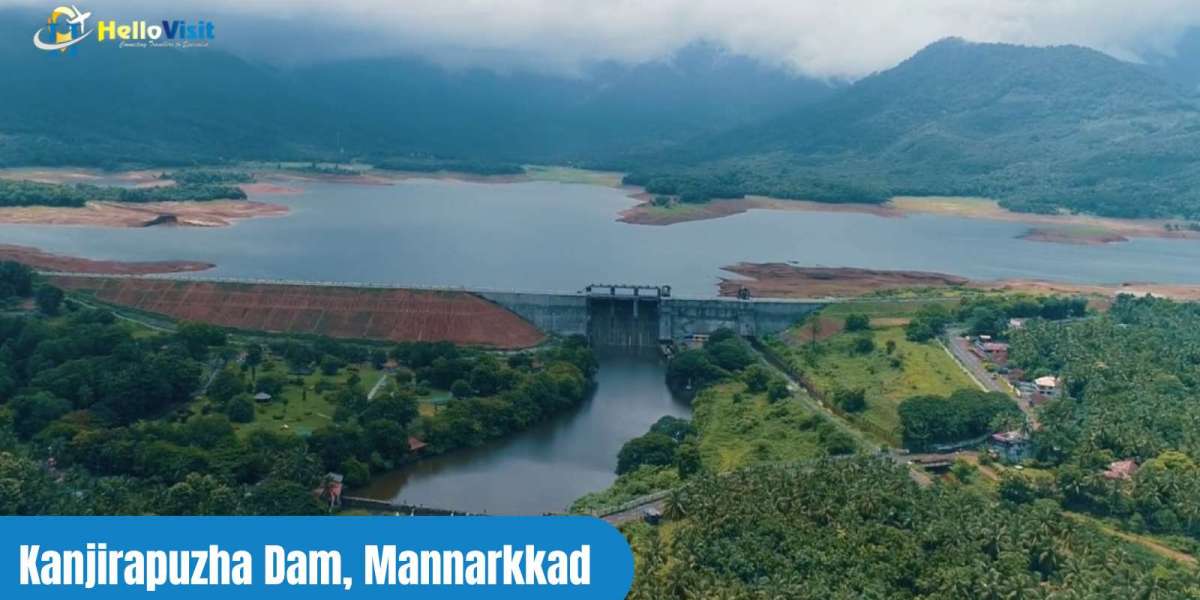Polling Stations & Voting Access
Mannarkad had 181 polling stations in the 2021 Assembly polls—up from 189 in 2016—with
schools, madrassas, anganwadis, and community centres across wards like Alanallur, Kottoppadam,
Padavayal, Pinkuppu, Payyanadam and others. Voter turnout was strong at 75.46–78%, underscoring
active civic participation.
Demographics & Physical Features
Spanning ~1,209 km², Mannarkad Taluk had ~384,393 residents in 2011—roughly equally split
between urban (~35,000) and rural (~349,000) populations. The sex ratio stands at ~1,063, with SCs
forming ~9.1%, STs ~7.9%, and religious groups nearly evenly split between Hindus (~46%) and
Muslims (~45%), with Christians at ~8%. Literacy across the region averages ~78%, slightly below
Kerala’s average.
Economic Livelihood Patterns
Agriculture remains the traditional backbone: paddy, coconut, banana, spices and hill crops
predominate, especially around panchayats like Alanallur, Sholayur and Agali.
Remittances (NRIs) play a substantial economic role: many families rely on Gulf incomes for
household stability and migration-backed consumption.
Trade & small business: Local township markets in Mannarkad town and Alanallur support
spice shops, retail outlets, transport services, and small vendors.
Public services & education: Panchayat offices, schools, and cooperative institutions offer
employment; no blue economy exists due to its inland location.
Socio-economic Strata
The constituency’s population is predominantly middle-income, supported by agricultural earnings,
remittances, and small business activity. A smaller portion—landowners, professionals, and diaspora
families—occupy higher-income tiers, while a modest share—smallholder farmers or laborers in
remote panchayats—reside below the poverty line. Literacy and welfare interventions have largely
mitigated severe hardship.
Recent Development Activities
Electoral infrastructure: Expansion to 181 polling booths in 2021 reduced crowding and
improved electoral access across remote wards.
Connectivity projects: Road upgrades in Alanallur, Mannarkad town, and Sholayur have
improved access to NH966 and key trade centres.
Agricultural support: Extension services, farm training, and spice-crop programs have been
expanded to boost productivity among small farmers.
Community services: Mobile health clinics and sanitation initiatives now reach backward
wards in SC-populated panchayats, improving access and equity.
Mannarkad Assembly Constituency is an agrarian heartland shaped by migrant remittances, small-
scale farming, and evolving rural infrastructure. With a largely middle-income demographic,
strengthened electoral and road networks, and bolstered agricultural support schemes, the
constituency is moving steadily toward inclusive rural development within Palakkad’s socio-
economic fabric.








